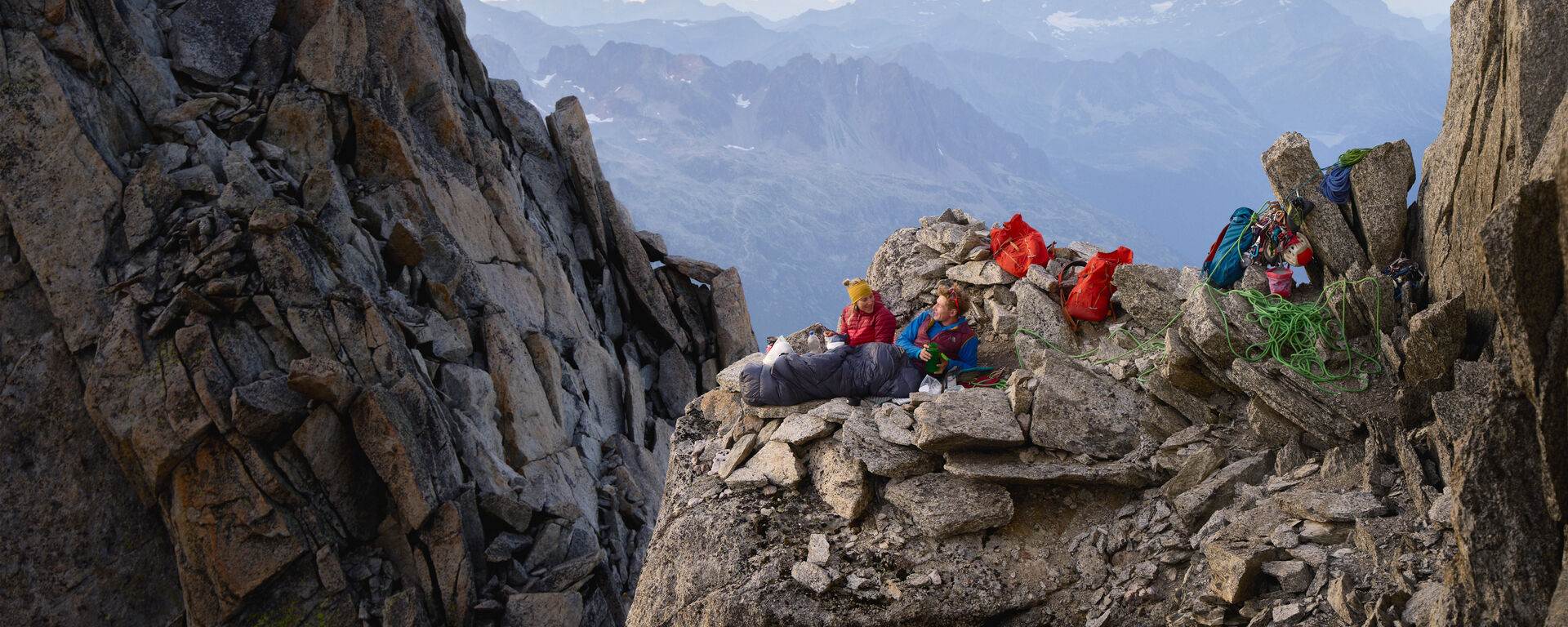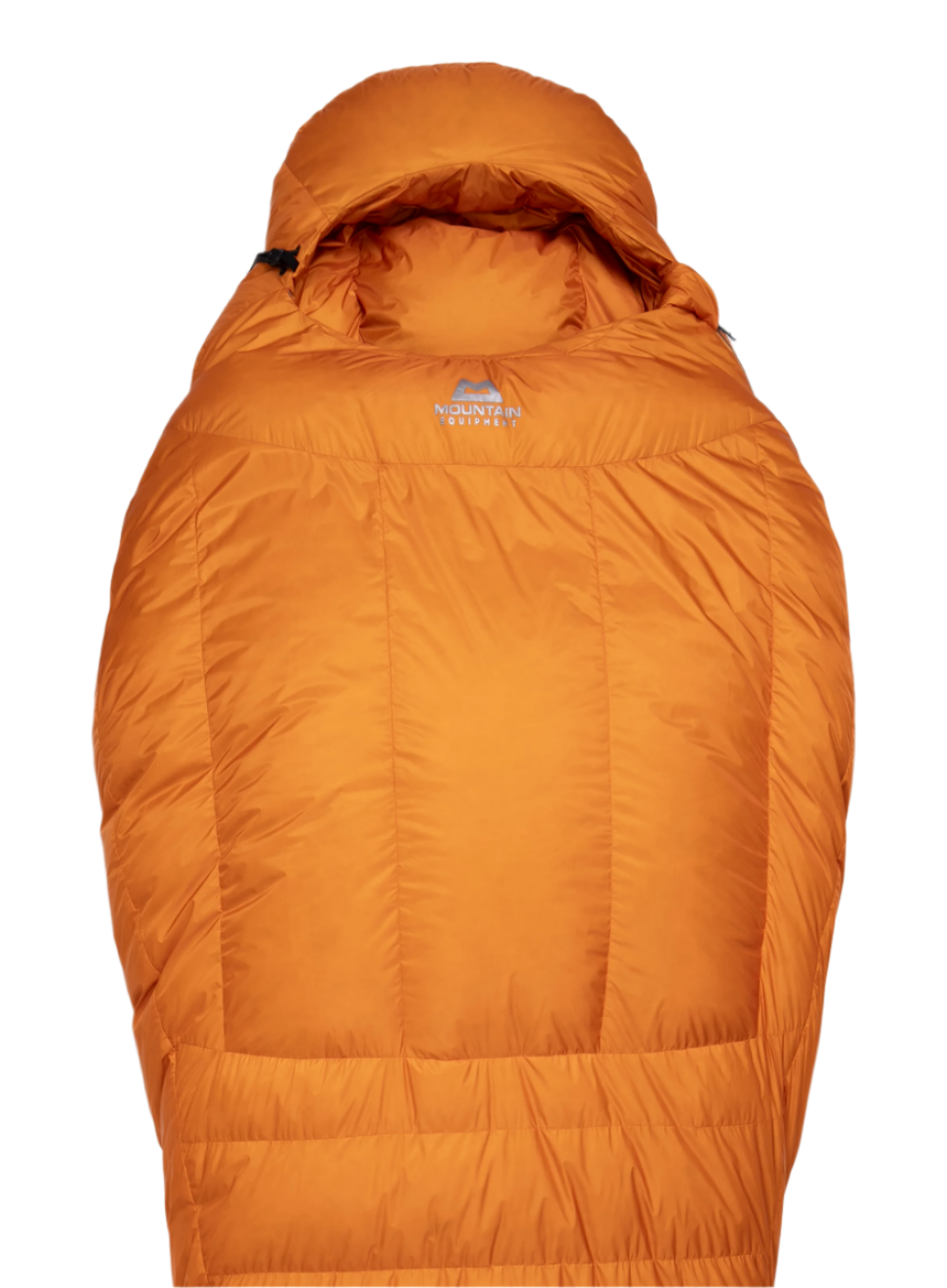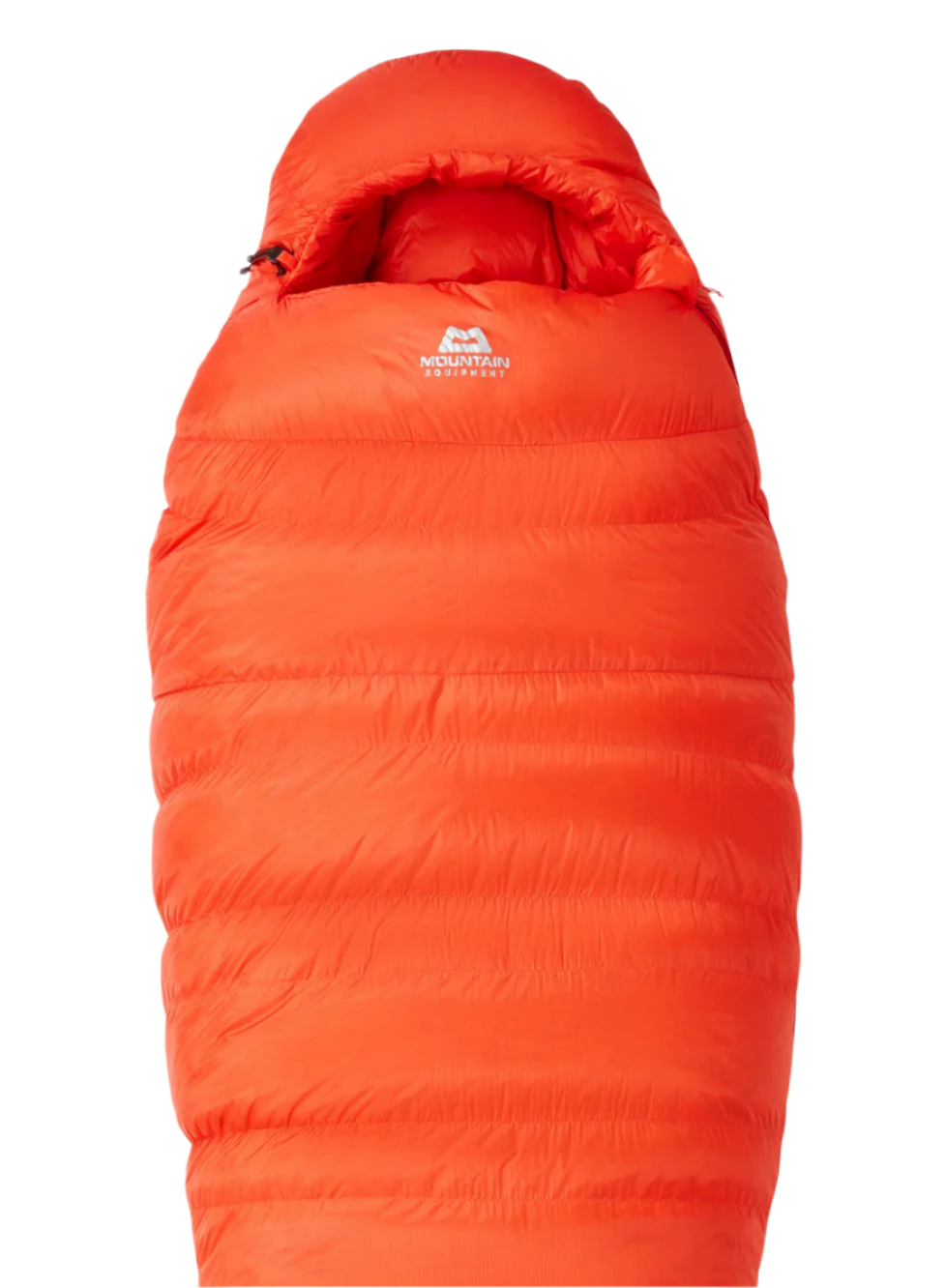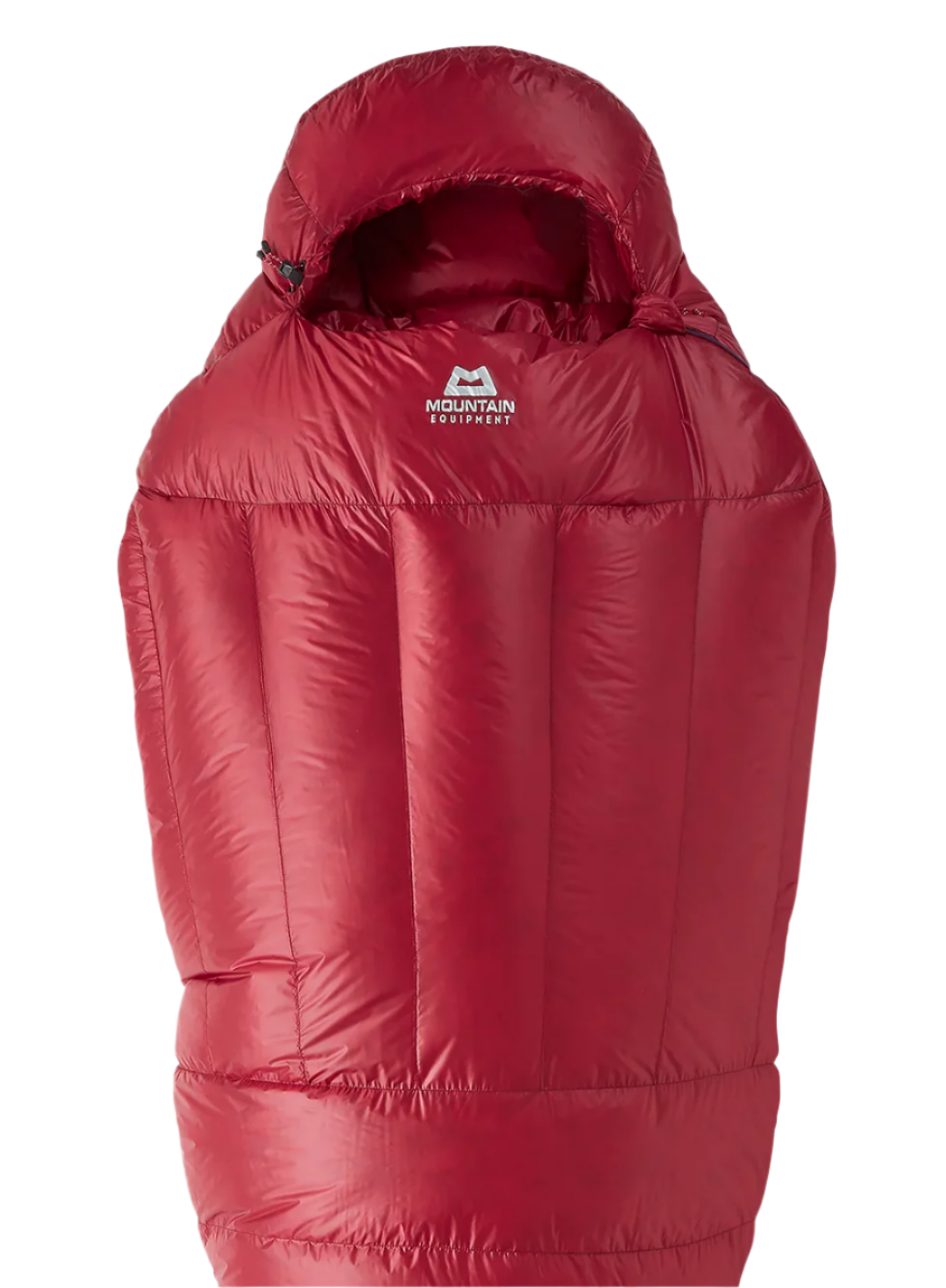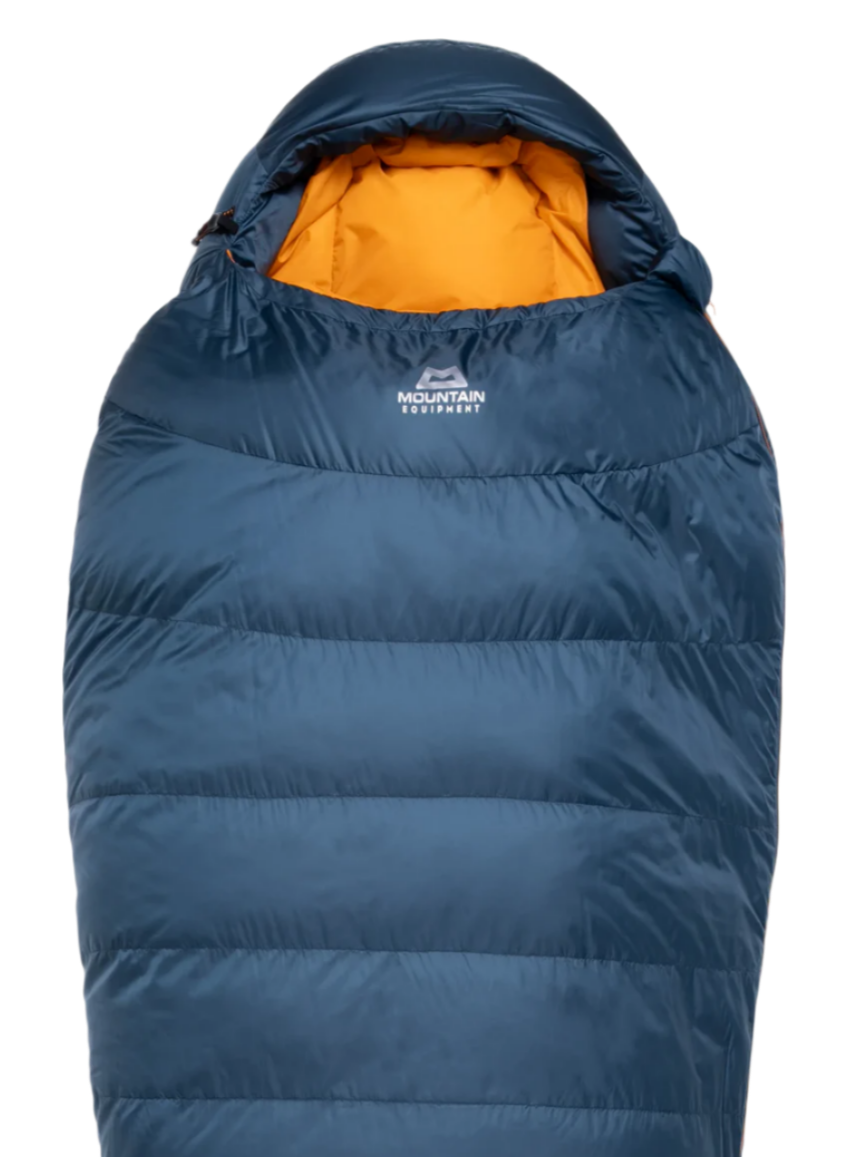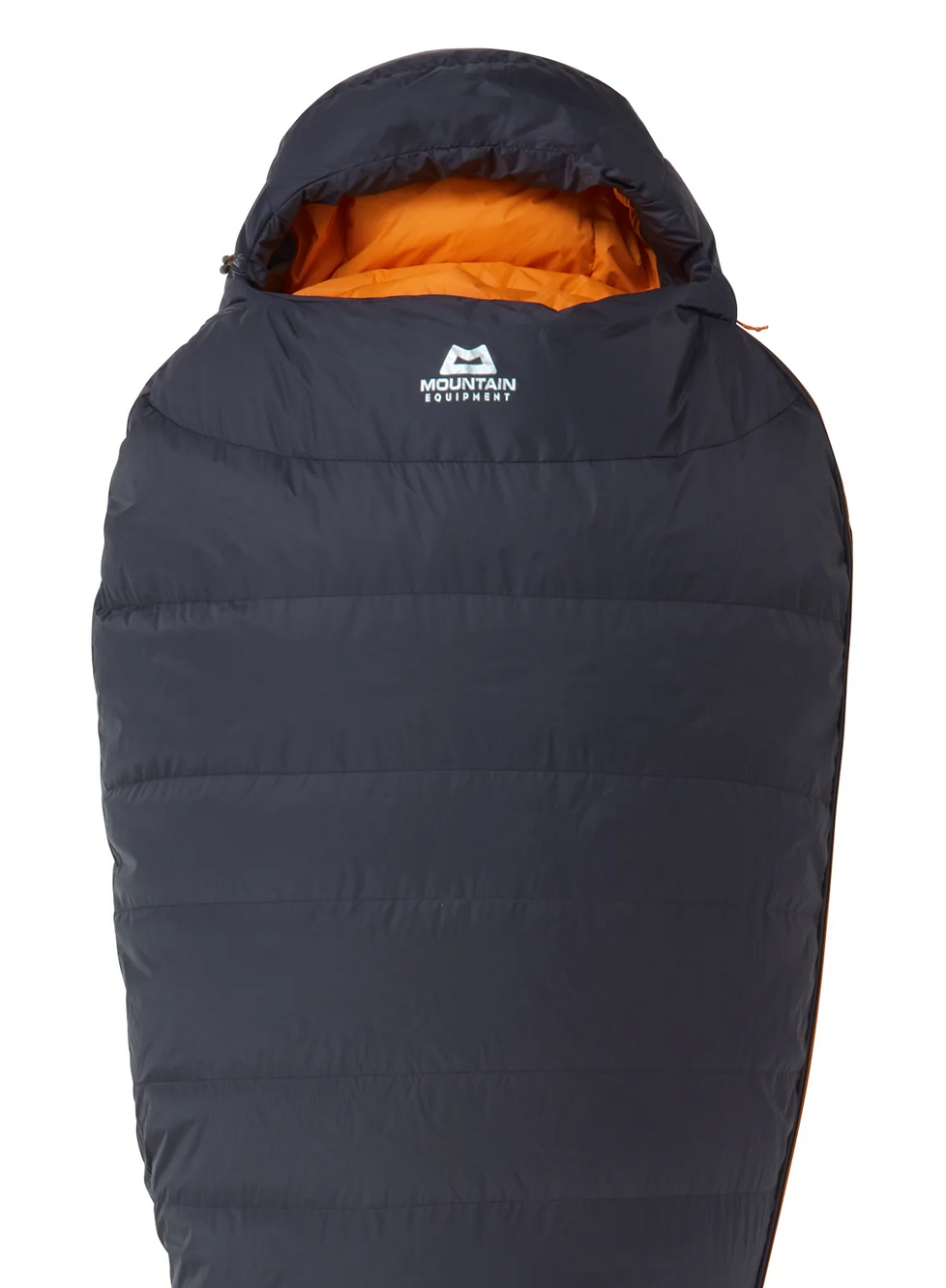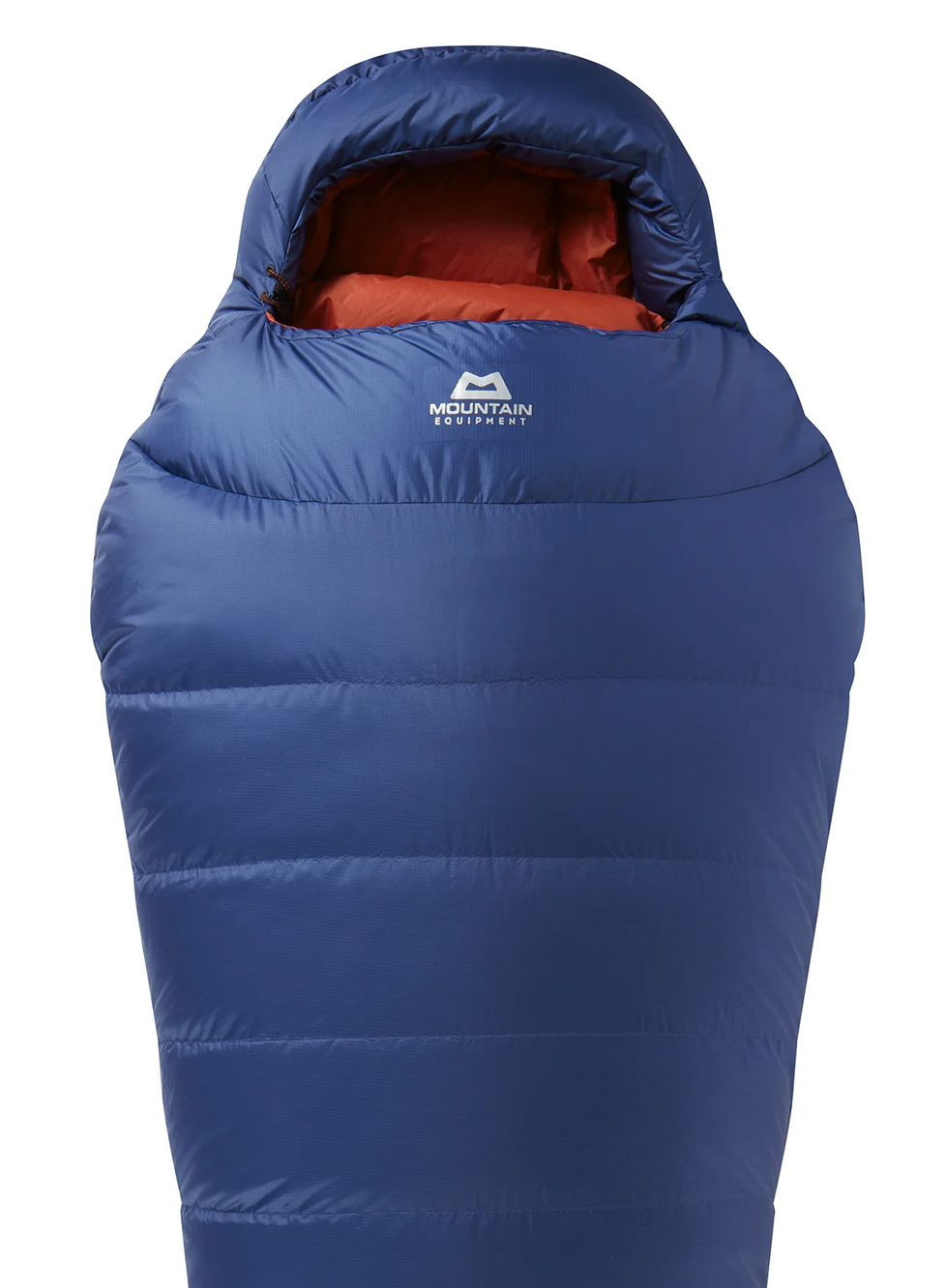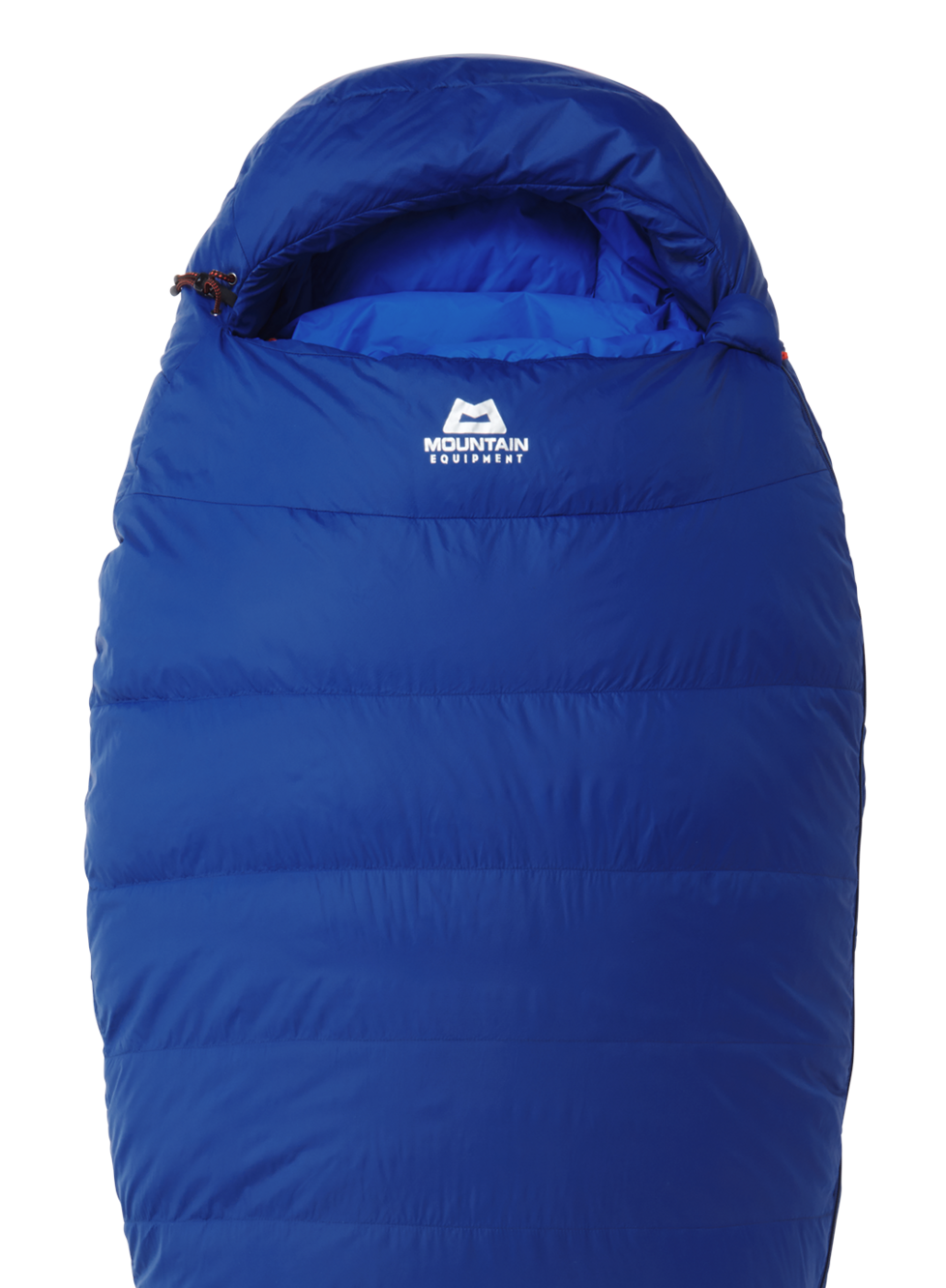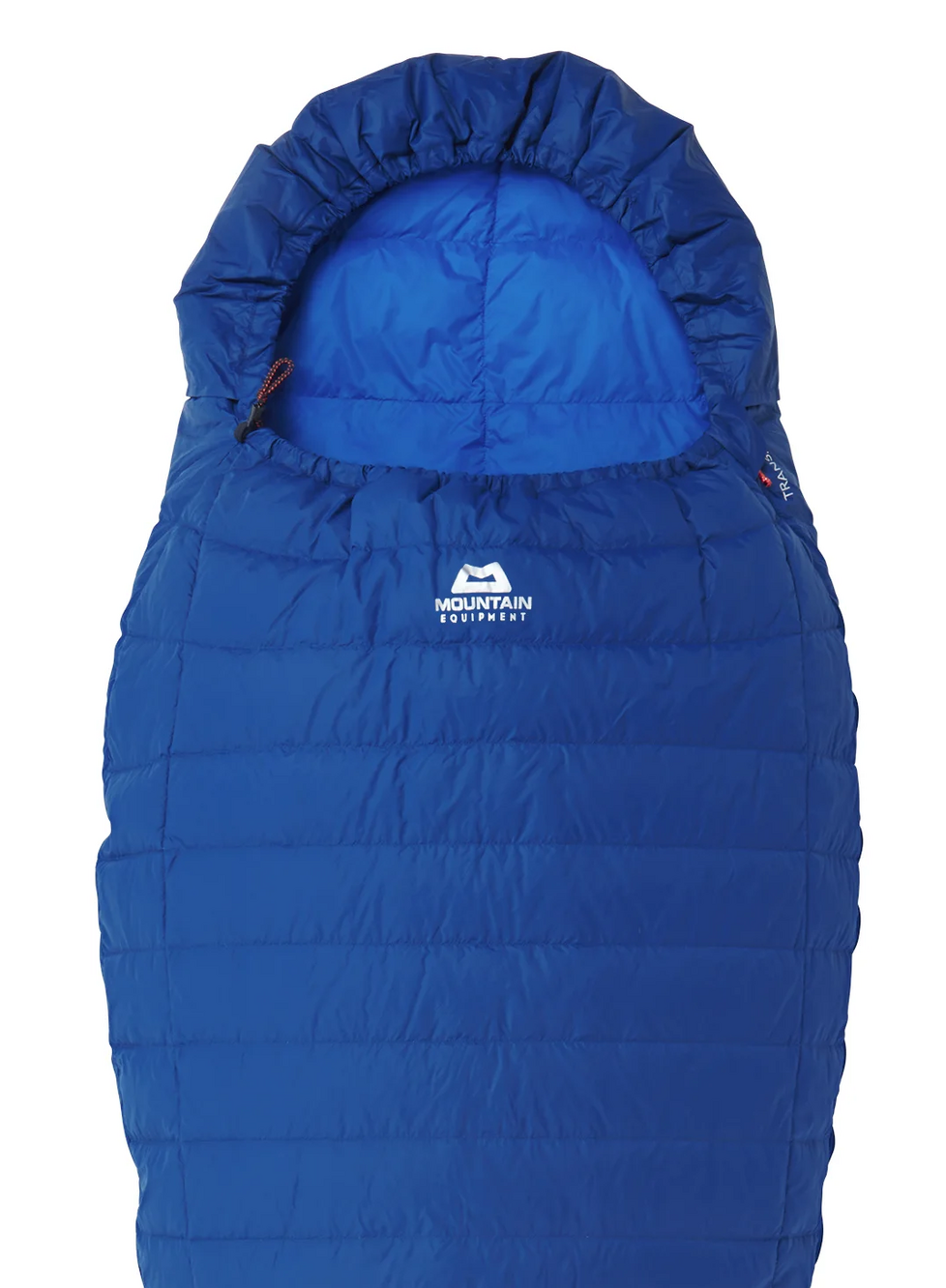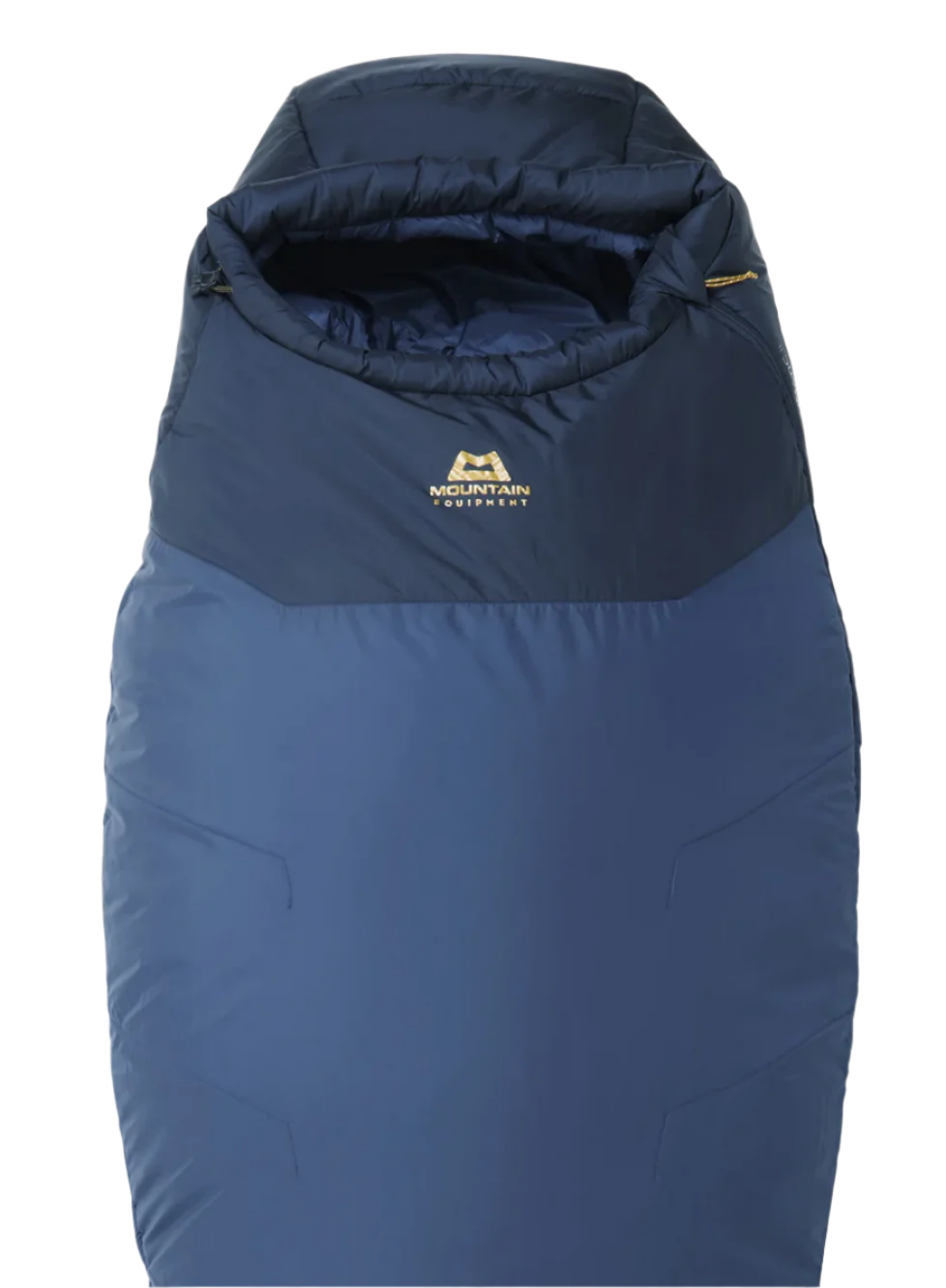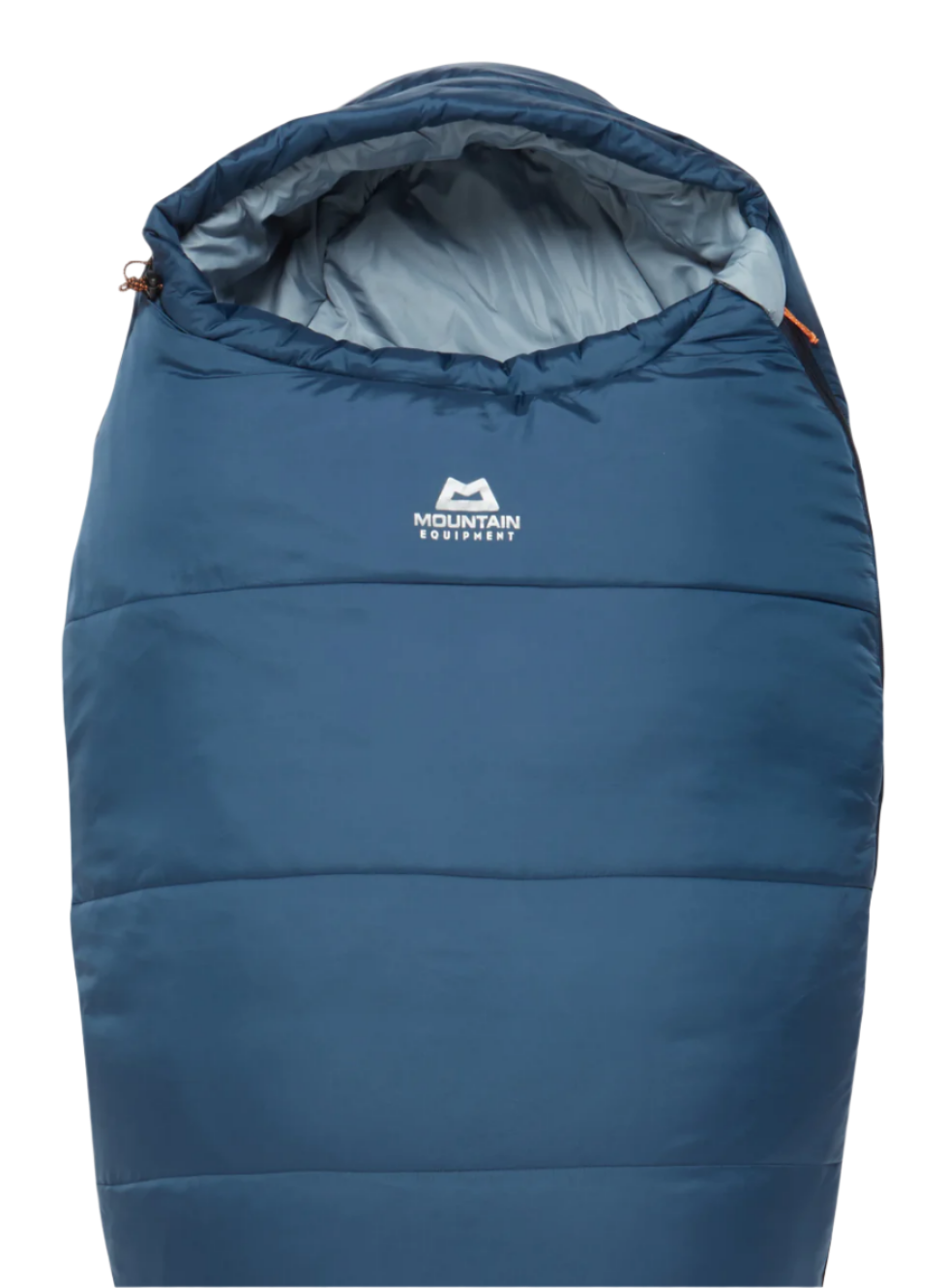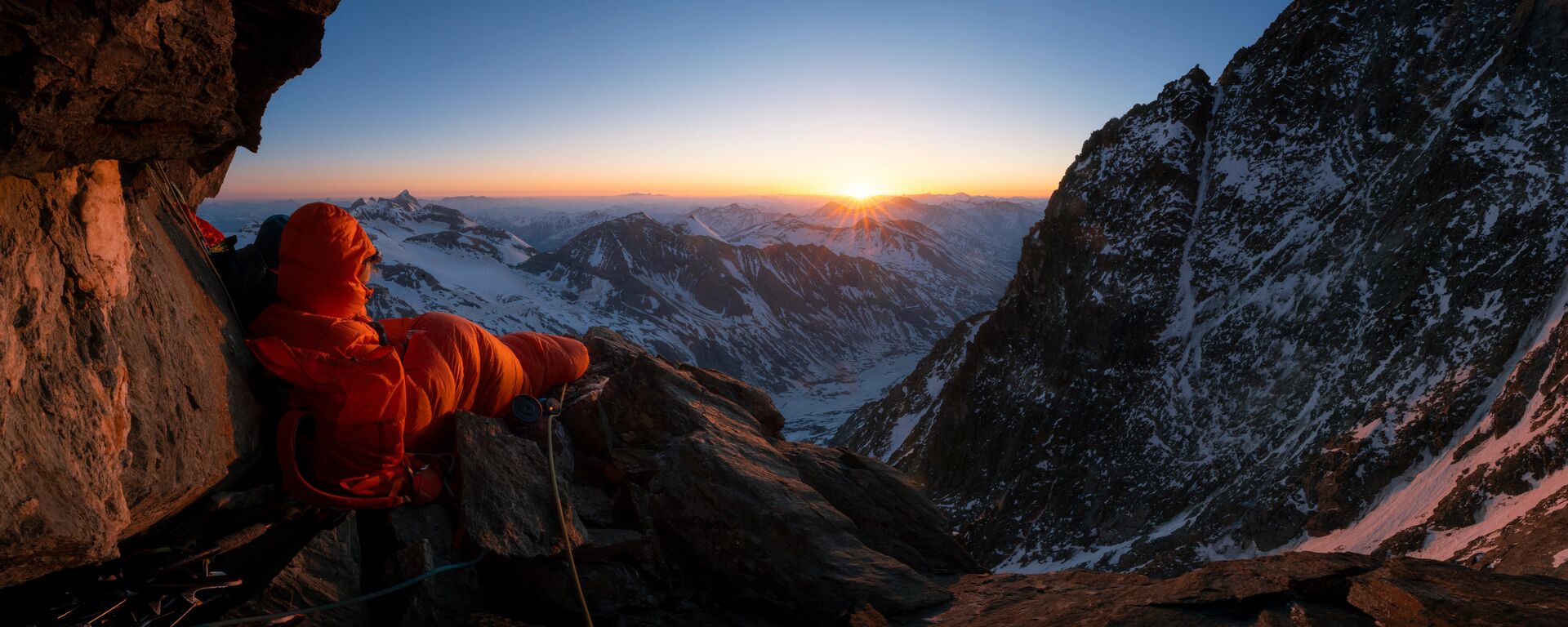Choosing the right sleeping bag is crucial for a comfortable night's sleep in the outdoors. With many features and technical details to consider, finding the best sleeping bag for your chosen activity can be challenging. This guide will help you understand the key factors to consider when choosing your sleeping bag and introduce you to our range of down and synthetic insulated sleeping bags.
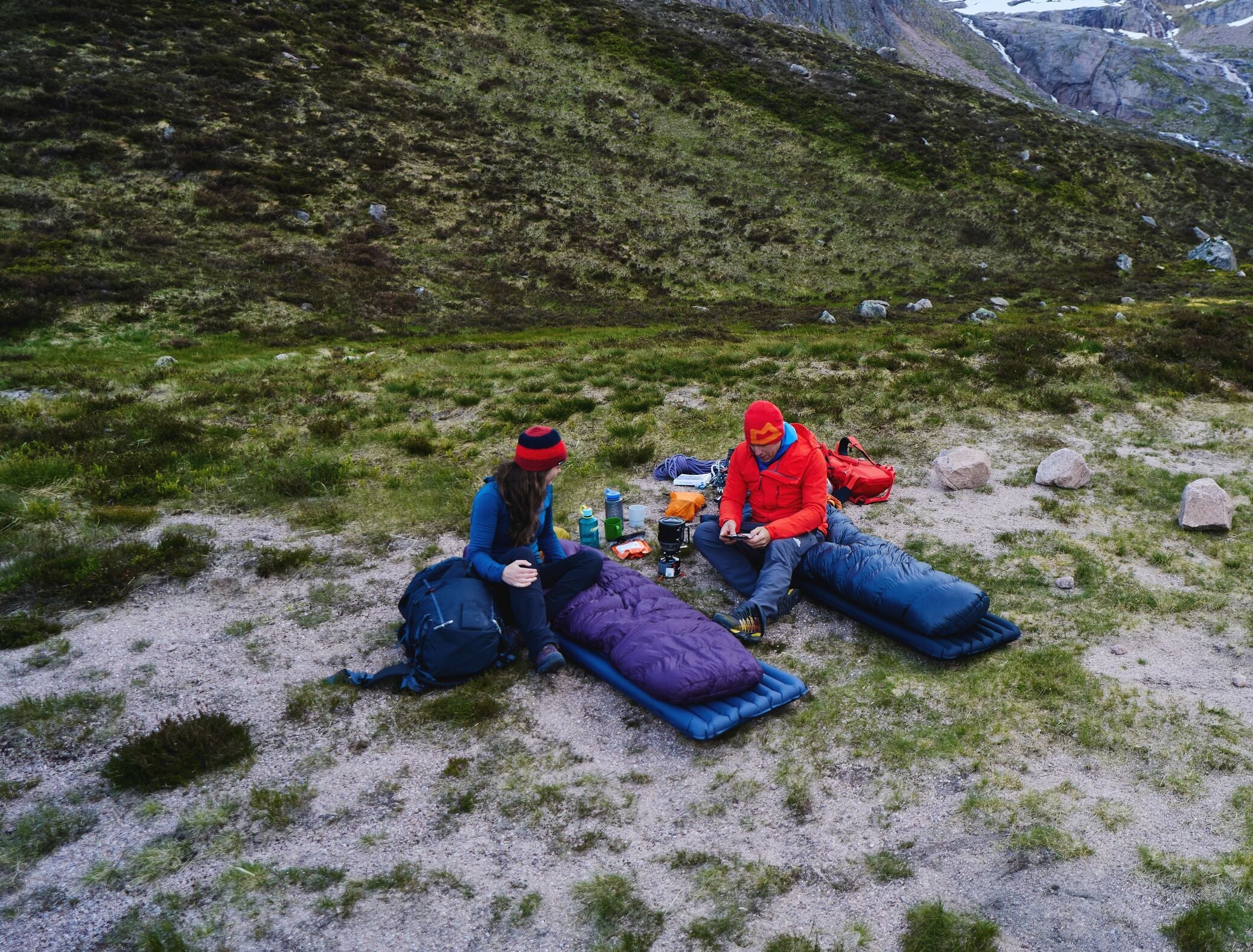
Sleeping Bags we offer & who they’re best for
Our range of synthetic and down filled sleeping bags are perfectly adapted for whatever conditions you face no matter the activity. They ensure comfort, protection and reliable warmth in the most extreme of environments.
This part of our guide will help you find the perfect bag for you, depending on where you take your bag or what you do with it.
Extreme Series | Down Sleeping Bags
Down Filled Sleeping Bags
Synthetic Filled Sleeping Bags
Key factors to consider when choosing a Sleeping Bag
-
Temperature rating & seasonality
It's essential to choose a sleeping bag with a temperature rating suited to your intended use. While you don't want to be shivering, it's equally important to avoid being too warm or carrying a sleeping bag that's too big and heavy for your trip. Align your sleeping bag choice with the seasons and weather you'll be sleeping in, ensuring it provides adequate warmth for the expected conditions.
There are 3 standard temperature ratings quoted on all our bags:
- Comfort: Where a "standard woman" with relaxed posture is just not feeling cold
- Limit: Where a "standard man" with a curled-up posture is just not feeling cold
- Extreme: Where a risk of health damage to a “standard woman” by hypothermia occurs
-
They type of insualtion. Down or Synthetic
Down Insulation: Offers excellent warmth-to-weight ratio and compressibility. However, its performance can diminish in wet conditions unless properly protected.
Synthetic Insulation: Generally more affordable and performs better in wet conditions, though it may be bulkier and heavier than down.
-
Shape & fit
A well-fitted sleeping bag ensures better heat retention and comfort. We have a number of different fits to suit all activities as well as bags with regular and long lengths. Women have different requirements than men so many of our bags have a women’s specific shape and specification.
-
Weight & packability
For light and fast alpine objectives a lightweight and compressible sleeping bag is crucial to minimize pack weight and space. Whereas, if you’re on a month long expedition or simply car camping, the weight and size will be less important.
When choosing which sleeping bag to get, consider the trade-off between a bag's warmth and its weight; the warmer the bag, likely the heavier and bigger it will be. Certain advanced construction methods can help find the perfect balance.
-
Construction & other features
The way a sleeping bag is constructed significantly impacts its durability, ability to maintain warmth in wet conditions, and weight. We use more complex construction methods than any other brand to ensure even warmth throughout the sleeping bag.
Additional features can also enhance comfort and functionality. For instance, a well-designed hood can provide extra warmth, while draft collars prevent heat loss.
To learn more about how we construct our sleeping bags and all the other small details we consider, head to our blog and use the "Product Development" & "Sleeping Bag" tags to find all the relevant information.

Good Night’s Sleep Temperature & Guarantee
Each Mountain Equipment sleeping bag also comes with a separate “Good Night’s Sleep Temperature” rating derived from a combination of scientific testing, countless field trials and exhaustive expedition testing. This temperature rating provides an indication as to the minimum temperature that we feel the bag should be comfortable for an experienced user.
We’re so confident in our temperature rating that it’s the backbone of our “Good Night’s Sleep Guarantee”. If you decide that the sleeping bag you’ve purchased is not as warm as you expected, we’ll upgrade your bag to one of a warmer specification.
DOWN CODEX®
In 2009 Mountain Equipment became one of the first outdoor brands to introduce independent auditing of our down supply chain. Quietly introduced, without fanfare or press-releases, DOWN CODEX® set out to understand an industry and supply-chain that was largely ignored and certainly little understood.
All products contain a code that can be entered into our DOWN CODEX® website to trace the down that they contain. Not only can you identify the source of your down but the audit relating to that source and the down batch test results can also be viewed.


